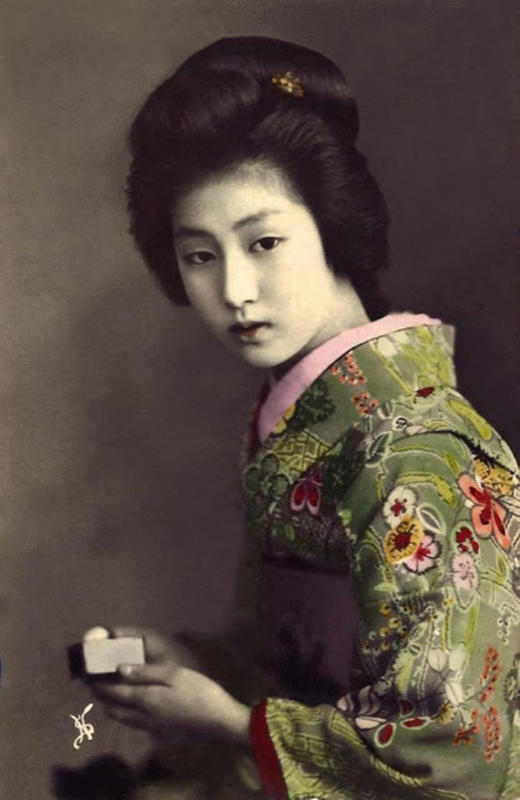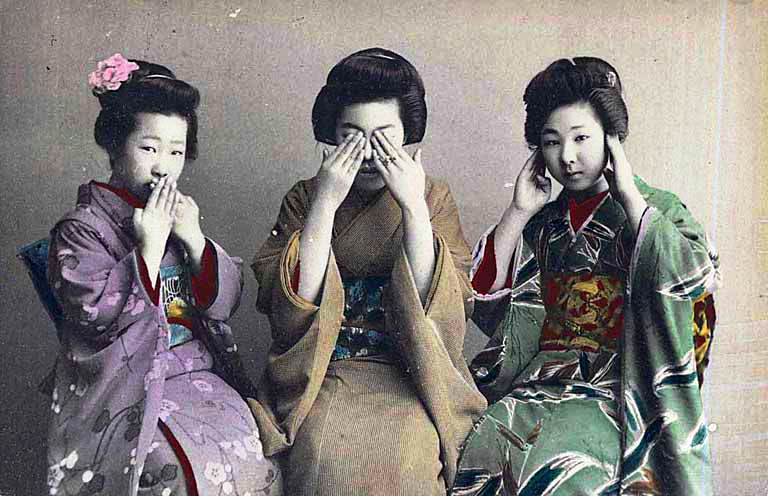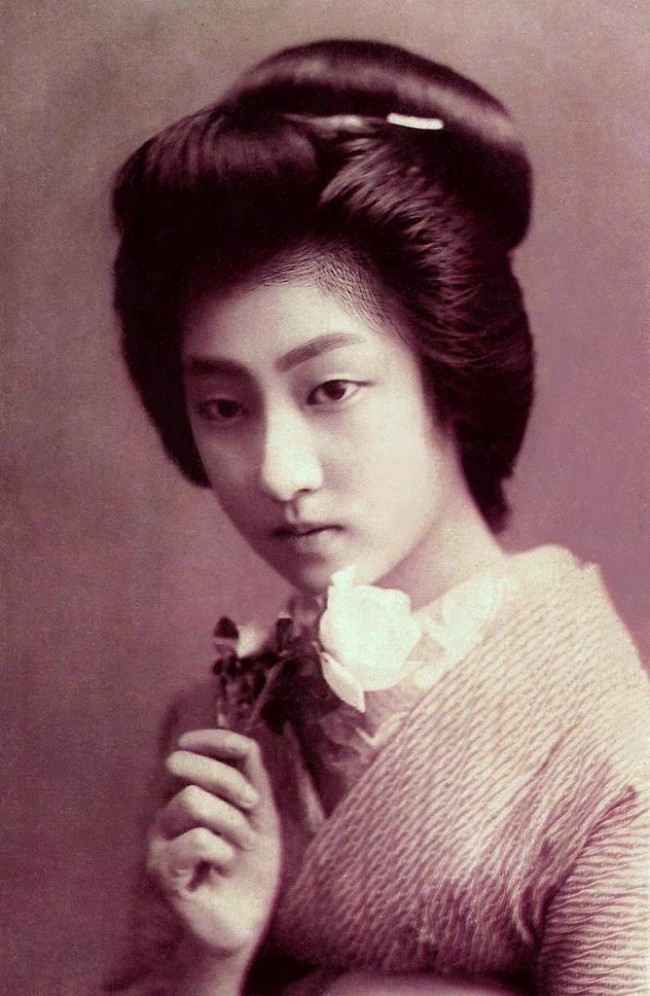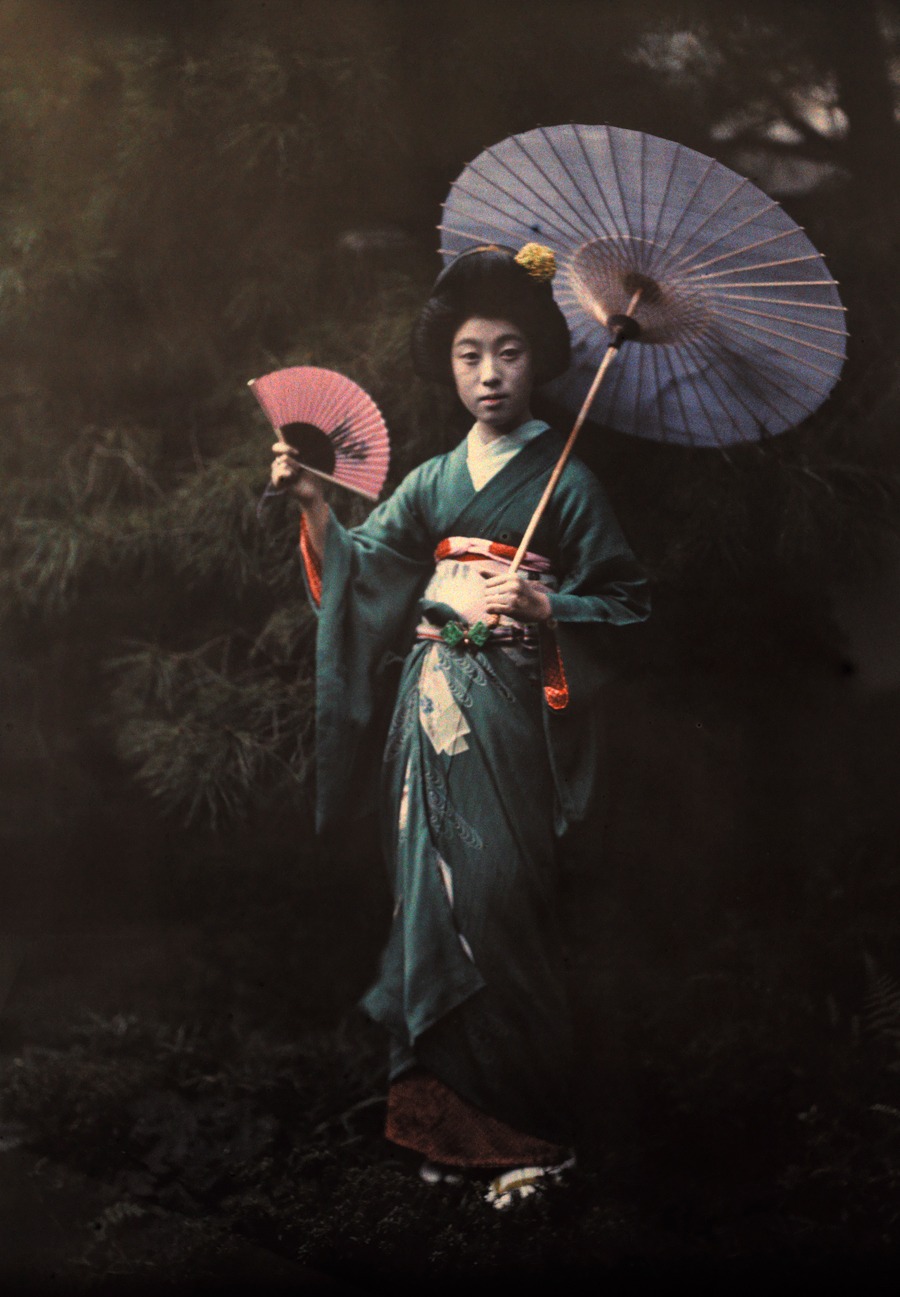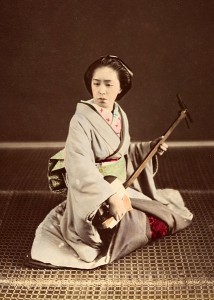 The ultimate goal of a geisha is the find a patron, a danna. The patron frees a geisha to pursue her art, to live outside the okiya, and even help start a business. The key to snagging a patron is in the geisha arts: dance, music, and cultural enrichment. The root gei means art. Sha means person. A geisha is an “art person.”
The ultimate goal of a geisha is the find a patron, a danna. The patron frees a geisha to pursue her art, to live outside the okiya, and even help start a business. The key to snagging a patron is in the geisha arts: dance, music, and cultural enrichment. The root gei means art. Sha means person. A geisha is an “art person.”
Geisha was one of the few professions where a girl can enter with nothing and leave with an extensive education in art. For many girls in the past, this profession was the only chance to gain an education and a path toward stable finances.
The shamisen is the most famous geisha instrument but not the only one. The shamisen is the most difficult instrument to master of all the options in the geisha’s toolkit. There are three types of shamisen. They are characterized by the thickness of the neck. Kumiuta are songs that are accompanied by shamisen. Some of the music performed by geisha is over 300 years old. The instrument is made of 4 parts. The neck is made of rosewood or Chinese quince wood. The body is made of cat leather in the front and dog leather in the back (yeah, you read that right). Strings are made of silk.
This video shows all of the instruments geisha must learn along with dance. These Tokyo geisha perform as part of Tokyo Traditional Arts programming.
Geisha also play a series of drums: ookawa and kotsuzumi. They drums look similar, other than size and what they are made of. The main difference is how they are played. Ookawa rest in a geisha’s lap and struck with her right hand. the kotsuzumi is played on the right shoulder and struck by the left hand. These difference in materials and play method creates different sounds. Geisha also play the large drums we often think of as Japanese. The taiko is played by hitting the skin with sticks.
Fue rounds out the geisha’s instruments. This bamboo flute comes in various lengths. The geisha fue has seven holes and is played like a western flute.
Geisha also perform in Nō theaters. Geisha often perform a solo dance without the typical masks or costumes of Nō. This dance is called shimai. This is the dance Sayuri performs in Memoirs of a Geisha. It has typical Hollywood flare but still serves as a good illustration.
Geisha are not expected to know other arts, but the knowledge is encouraged. Geisha are encouraged to practice shodo, a form of calligraphy. Kabo, better known as ikebana, is the art of flower arranging. Geisha are also encouraged to learn the tea ceremony, sado. None of these arts are used to entertain guests of course. These arts are used to further enrich a geisha’s life and focus her mind on all aspects of Japanese art.
Art is the centerpiece of geisha life. It takes long hours of practice to achieve the mastery required to be a geisha. Today, geisha are living repositories of Japanese culture. They keep alive songs from as far back as 300 years ago. They help keep traditional music alive in our international melting pot of cultures.
References
Foreman, K. (2011). The Gei of Geisha: Music Identity and Meaning. Ethnomusicology. 55 [1]. Unversity of Illinois Press.
Lockard, L. (2009). Geisha: Behind the Painted Smile.
